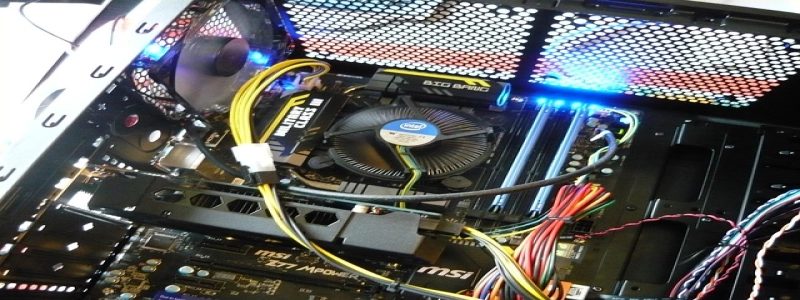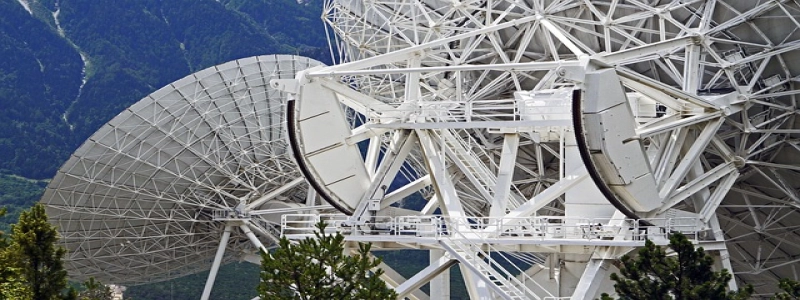HF Transceiver
مقدمة
A HF transceiver, also known as a high-frequency transceiver, is a device used for two-way communication over long distances using high-frequency radio waves. In this article, we will explore the features and capabilities of a typical HF transceiver, as well as its importance in various industries.
Primary Features
1. Frequency Range: A HF transceiver operates within the high-frequency range of 3 to 30 MHz, allowing for long-distance communication without the need for repeaters or satellites. This frequency range provides reliable communication over land, sea, and air, making it ideal for military, emergency response, and maritime applications.
2. Power Output: HF transceivers offer variable power output options, typically ranging from 1 to 200 watts. This flexibility allows users to adjust the power output according to the communication requirements and prevailing environmental conditions.
3. Multiple Modes: A HF transceiver supports various modes of communication, including amplitude modulation (AM), single sideband (SSB), frequency modulation (FM), and continuous wave (CW). These modes enable clear voice communication, data transmission, and morse code communication, catering to a wide range of communication needs.
4. Antenna System: The antenna system is a crucial component of a HF transceiver. It consists of an antenna tuner, which matches the impedance between the transceiver and the antenna for efficient signal transmission. Additionally, some transceivers offer automatic antenna tuners that adjust the antenna system automatically for optimal performance.
5. Digital Signal Processing (DSP): Many modern HF transceivers incorporate DSP technology, allowing for advanced filtering, noise reduction, and signal enhancement. DSP improves the quality and clarity of received signals, even in challenging environments such as urban areas or during ionospheric disturbances.
Applications
1. Amateur Radio: HF transceivers are extensively used by amateur radio operators worldwide to communicate with other operators around the globe. The long-range capabilities of HF transceivers enable amateur radio enthusiasts to connect with people from diverse cultures and backgrounds.
2. Military Communications: HF transceivers play a critical role in military communications, providing reliable long-range communication in both tactical and strategic scenarios. They allow military personnel to stay connected and coordinate vital operations even in remote or hostile environments.
3. Emergency Communications: During natural disasters or emergencies that disrupt traditional communication infrastructure, HF transceivers serve as a reliable means of communication for first responders, relief agencies, and affected communities. Their long-range capabilities make them invaluable in crisis situations.
4. Maritime Communication: HF transceivers are widely used in maritime operations for ship-to-ship and ship-to-shore communication. They ensure reliable communication over vast distances, contributing to navigation safety, weather updates, and distress signaling.
خاتمة
HF transceivers offer robust long-range communication capabilities in various industries and sectors. With their extensive frequency range, variable power output, and multiple communication modes, they provide reliable communication in situations where traditional methods may fail. Whether used by amateur radio operators, military personnel, emergency responders, or maritime entities, HF transceivers play a crucial role in connecting people and enabling vital communication, even in challenging environments.








